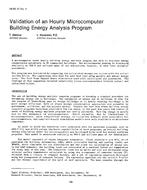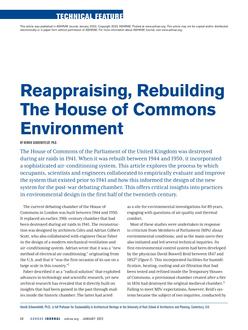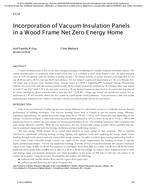Click here to purchase
The goals of the German energy and climate policy are ambitious: by 2050, emissions of greenhouse gases should be reduced by at least 80 %, ideally by 95 % compared to 1990. In addition, there are the resolutions of the Paris Climate Agreement, which intends to limit global warming to considerably less than 2°, better to 1.5°. In order to achieve all these goals, it is well known that the building sector plays a decisive role. The transformation of the building sector and its heat demand is of decisive importance for the energy turnaround. A study recently commissioned by the alliance for building energy efficiency (geea), the German energy agency (dena) and further industry associations with the title “Scenarios for a market-based climate and resources policy 2050 in the building sector” [1] clearly shows that a “business as usual” will not be sufficient to achieve the climate protection goals in the building sector. A study carried out by the ewi Energy Research & Scenarios, the institute for building services Dresden (ITG Dresden) and the research institute for thermal insulation (FIW Munich) was the basis for this work. The scope of this article only deals with the share of residential buildings. Keywords: energy transition; climate protection; building stock; CO2 emissions; residential building sector
Citation: Thermal Buildings XIV 2019
Product Details
- Published:
- 2019
- Number of Pages:
- 14
- Units of Measure:
- Dual
- File Size:
- 1 file , 2.1 MB
- Product Code(s):
- D-Bldgs19-058


